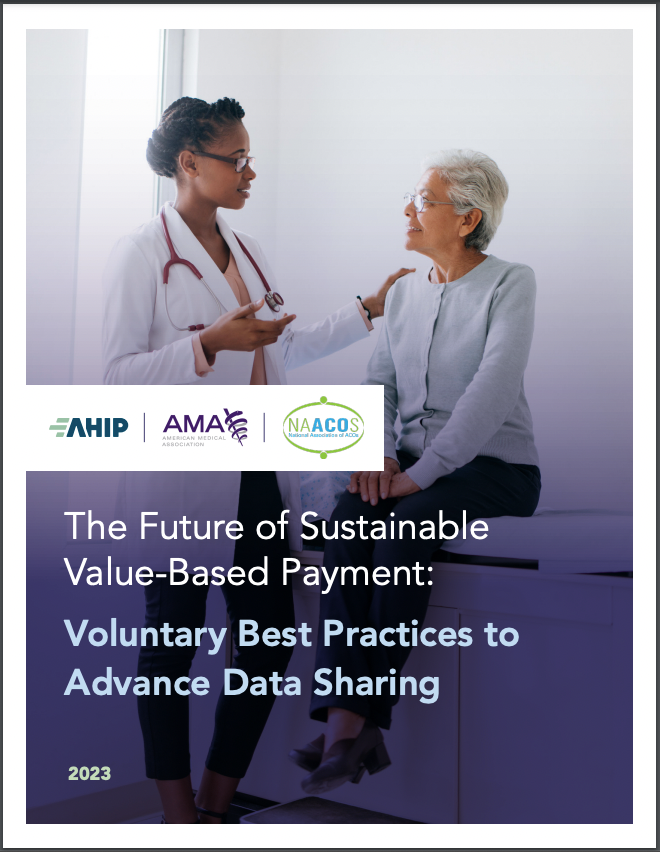- Revenue Cycle Management
- COVID-19
- Reimbursement
- Diabetes Awareness Month
- Risk Management
- Patient Retention
- Staffing
- Medical Economics® 100th Anniversary
- Coding and documentation
- Business of Endocrinology
- Telehealth
- Physicians Financial News
- Cybersecurity
- Cardiovascular Clinical Consult
- Locum Tenens, brought to you by LocumLife®
- Weight Management
- Business of Women's Health
- Practice Efficiency
- Finance and Wealth
- EHRs
- Remote Patient Monitoring
- Sponsored Webinars
- Medical Technology
- Billing and collections
- Acute Pain Management
- Exclusive Content
- Value-based Care
- Business of Pediatrics
- Concierge Medicine 2.0 by Castle Connolly Private Health Partners
- Practice Growth
- Concierge Medicine
- Business of Cardiology
- Implementing the Topcon Ocular Telehealth Platform
- Malpractice
- Influenza
- Sexual Health
- Chronic Conditions
- Technology
- Legal and Policy
- Money
- Opinion
- Vaccines
- Practice Management
- Patient Relations
- Careers
Health care groups announce best practices for data sharing in value-based care
New playbook has endorsement of AMA, health insurers, accountable care organizations.
On July 27, 2023, AHIP, the American Medical Association and National Association of ACOs announced a new playbook for sharing data in value-based care.
AHIP - AMA - NAACOs

Sharing data is a key to caring for patients and getting paid as physicians participate in value-based care arrangements.
AHIP, the national organization for health insurance providers, the American Medical Association (AMA), and the National Association of Accountable Care Organizations have published “The Future of Sustainable Value-Based Care and Payment: Voluntary Best Practices to Advance Data Sharing.” The organizations announced the new volume “is intended to advance the adoption of VBC arrangements in the private sector that could have a greater impact on the quality and equity of care and ease participation by fostering voluntary alignment of data sharing practices.”
On July 27, 2023, three leaders of the participating organizations explained the playbook in an online conference call.
Variables with data
There are common themes that can influence how participants share data and influence the readiness of organizations to act on data to improve quality, equity, and affordability, said Danielle Lloyd, AHIP senior vice president for private market innovations and quality.
Patient privacy, lack of data standards, variations in data infrastructure, participant readiness, federal requirements, and cost all need to be considered, Lloyd said. With those variables, “this playbook can’t be a one-size-fits-all,” she said.
Best practices
There are five voluntary best practices for data sharing.
- Create an interoperable data ecosystem.
In value-based care models, physicians, hospitals, and health insurers have to speak the same language and use computer networks that interface so they can share information, Lloyd said. The goal then is to “adopt consistent content and exchange standards to simplify and expand data sharing,” according to the playbook.
- Share more complete, comprehensive data.
The organizations want to empower VBC participants with complete, accurate, consistent data that provides a comprehensive view to be effective and efficient for coordinating and improving care, Lloyd said.
- Improve data collection and use to advance health equity.
Participants want to collect information and act on it to reduce health disparities and address social determinants of health beyond the clinical setting, Lloyd said.
One challenge now is that the health care organizations don’t have demographic data, such as race, ethnicity, sexual orientation, gender identity, or disability status, on patients and enrollees that they serve, Lloyd said. There will be new challenges as physicians, other clinicians, and insurance companies connect with other organizations to benefit communities, she added.
- Share timely, relevant, and actionable data.
“This really gets to the point that we have to present information in a way that can be leveraged to help make decisions, so data that is going to support clinical decision making needs to be available at the point of care,” said Aisha T. Pittman, NAACOs senior vice president of government affairs.
- Share data methodologies, calculations, and context.
Any successful partnership is going to rely on building trust, Pittman said, and this best practice can help in transparency in all aspects of VBC arrangements. There will be restrictions on some information that can be shared, but sharing other data, such as aggregate information or contextual comparisons, can promote and build transparency and trust, she said.
Getting physicians involved
Questions for the participants included what is needed to get more physician practices to participate in VBC arrangements. AMA staff hear that question all the time, said Carol Vargo, AMA vice president for physician practice sustainability.
She suggested at least three things could help:
- Infrastructure to participate. The playbook can help with that by aligning data analytics.
- Stable, transparent payment, especially in light of continued erosion of payment rates. Even physicians in VBC arrangements have said they did not know how the arrangements were developed or if any savings were coming back to them.
- Administrative burdens. An individual physician’s office probably has 10 or more individual health care payers and contracts, and they’re all different, so aligning around some key attributes could help.
The playbook is a first step and there will be another to follow regarding payment methodologies.
